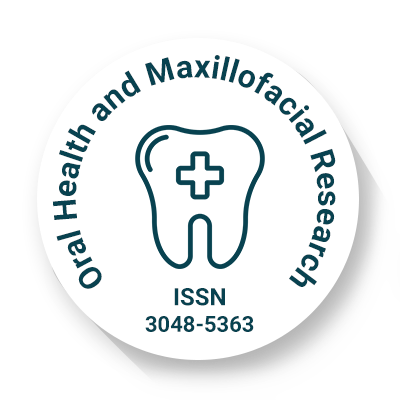
Oral Health and Maxillofacial Research
OPEN ACCESS

OPEN ACCESS
.jpg)
Background: Forensic odontology is integral to human identification in legal investigations, with recent technological advancements particularly in three-dimensional (3D) imaging and photogrammetry revolutionizing traditional practices. Objectives: This review aims to synthesize current research on the application of automated digital instruments, 3D scanning, and photogrammetry in forensic odontology, emphasizing their roles in identification, reconstruction, and evidence preservation. Methods: A comprehensive literature search was conducted using PubMed, Scopus, and Google Scholar for studies published between 2004 and 2023. Keywords included “3D dental scan,” “forensic odontology,” and “photogrammetry.” Studies were selected based on their relevance to digital imaging and 3D modelling in forensic dental identification. Results: Recent studies highlight the effectiveness of 3D-printed devices such as CHAD and MEAD in improving radiographic accuracy for ante-mortem and post-mortem comparisons. Open-source software and 3D modelling tools have advanced forensic facial reconstruction, while medical imaging and rapid prototyping enable the creation of anatomically precise models for educational and legal purposes. Digital Light Processing (DLP) 3D printing has demonstrated high accuracy in replicating dental structures. Smartphone-based photogrammetry offers a cost-effective alternative for bite mark analysis and identification. Digital models and non-contact scanning improve diagnostic consistency and trauma documentation. However, challenges remain regarding technical limitations, accessibility, and the need for standardized protocols and larger validation studies. Conclusions: The integration of 3D imaging, photogrammetry, and digital modelling has significantly enhanced the reliability, efficiency, and scope of forensic odontology. Continued research, technological development, and standardization are essential to fully realize the potential of these methods in forensic science.